Our History | Dunlop Tires

1800s

John Boyd Dunlop
develops the first air cushioning system in history, laying the foundation for the world’s first practical pneumatic tire.
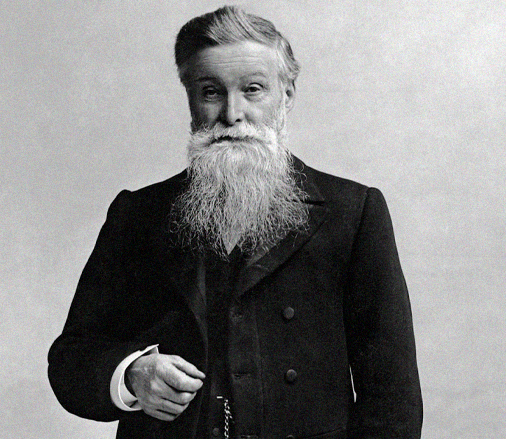
The tire as we know it
today is patented by Mr. Dunlop.
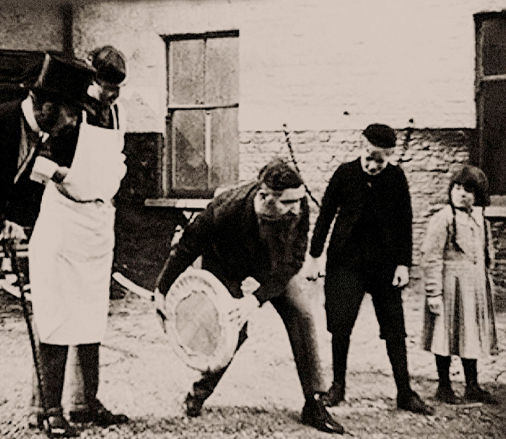
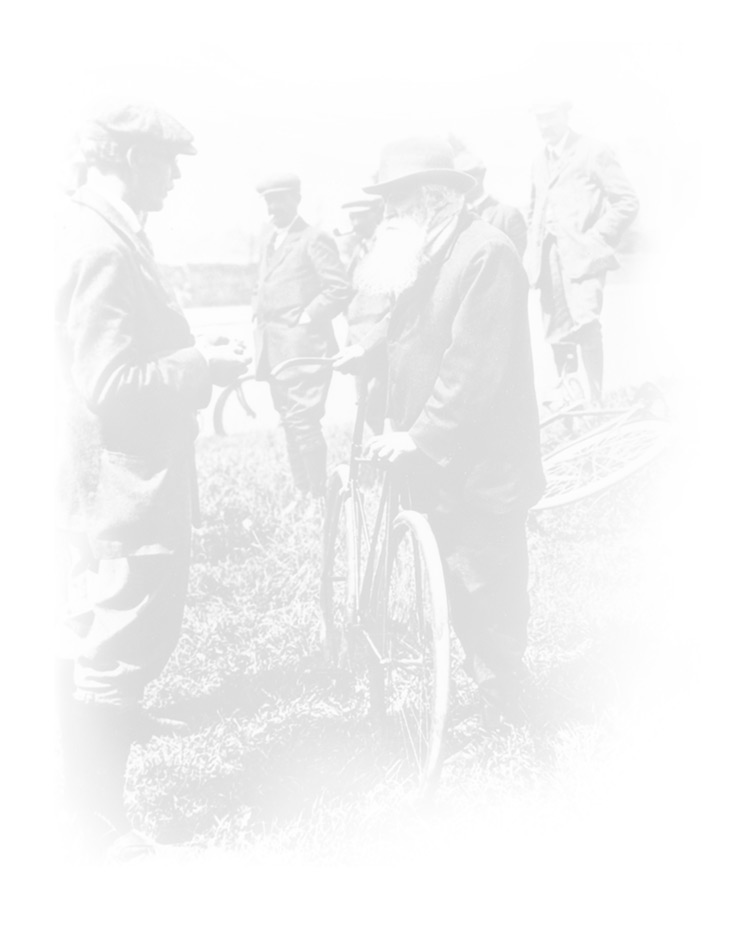
Dunlop® is registered as a trademark
& Dunlop opens its first tire plant in Dublin, Ireland.

1900s
Dunlop developed the first
automobile tire with a lateral groove pattern on the tread.
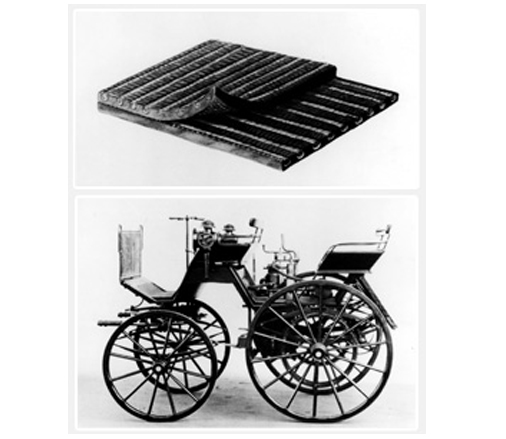

Dunlop establishes Japan's first
modern rubber factory called “The Dunlop Rubber Co. (Far East), Ltd.” In Naniwacho, Kobe.This factory initially focused on producing solid rubber tires for rickshaws and bicycles.
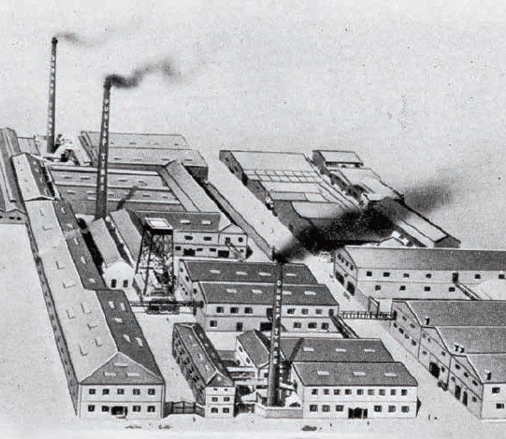
1910s
Japan begins
producing automobile tires.

1920s

Development of the first Dunlop
steel bead tire with a woven cord casing trebled tire life. At the 1992 Motor Show, Dunlop introduced wide tires with detachable flange rims, paving the way for wide tires to become standard as it improved ride comfort for passenger cars.

The Dunlop-shod Bentley
wins Le Mans for the first time.

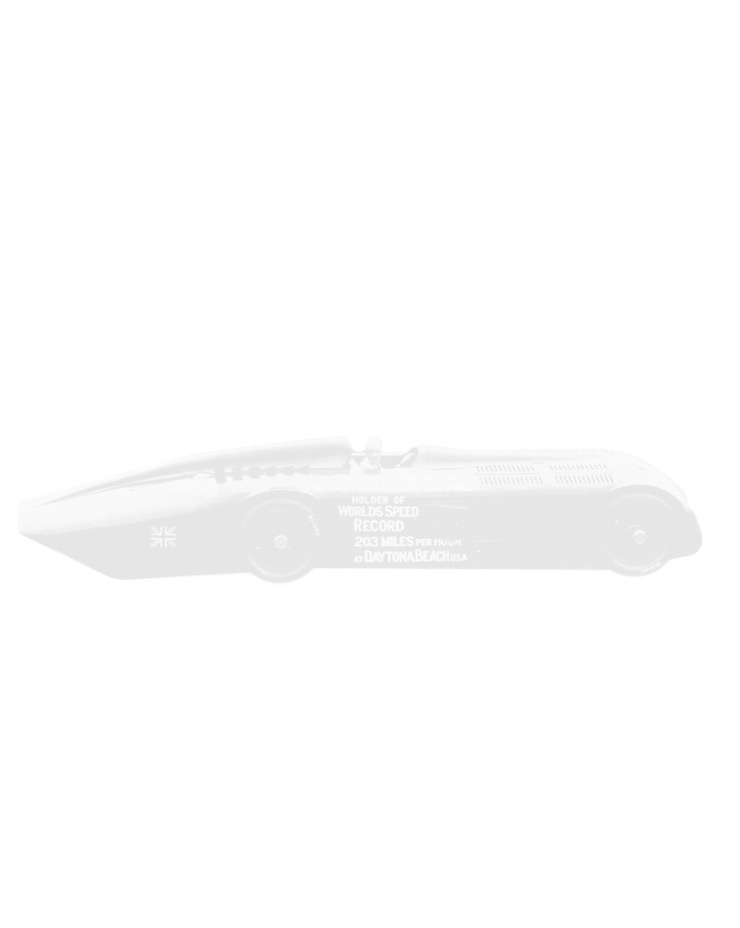
Dunlop’s tires break the speed record
when Sir Henry Segrave drove the Sunbeam 1000 HP to a world record of 203.79 mph.

1930s
Dunlop wins Le Mans

Dunlop experiments with tractor tires
changing the tread pattern from horizontal to vertical grooves that improves tread wear and grip on wet roads.
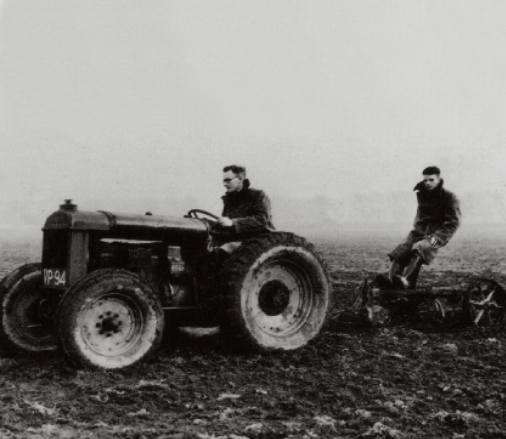
1940s

Dunlop’s tires once again
enabled land speed records to be shattered, contributing to a new world record of 393.949 mph.
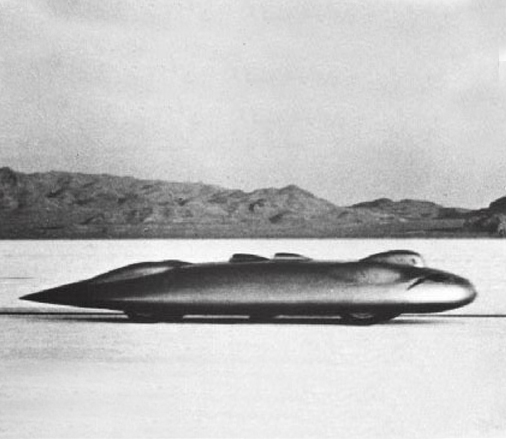
Dunlop introduces a tubeless tire
with a plastic self-sealing layer on the inner surface casing. This coating prevented loss of air in case of tire damage.

1950s
Dunlop takes Six Le Mans wins
with a three-peat victory in the Jaguar D-Type.
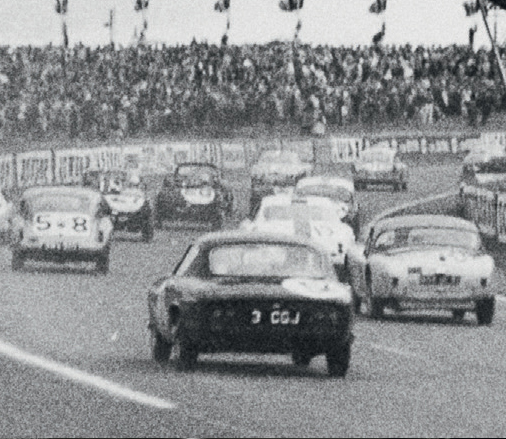

Dunlop Japan produces
its first tubeless tire.

Dunlop introduces the first tire (RS5)
incorporating an intensive knife-cut tread pattern, a nylon casing for strength and resistance at high speeds, and a safety shoulder developed by the engineers in Germany.
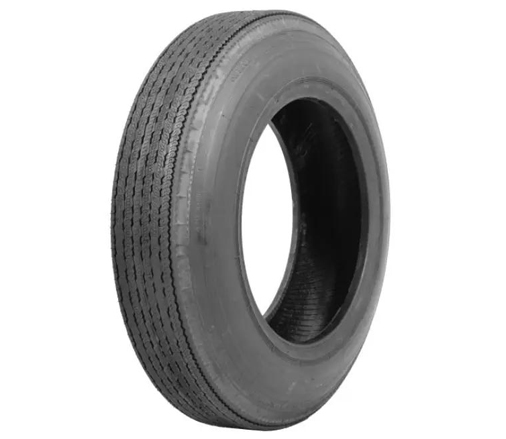
1960s
Dunlop dominates F1 Drivers’ Championships
with Jack Brabham, Phil Hill, Graham Hill, Jim Clark, John Surtees, and Jackie Stewart.


Dunlop develops tread pattern technology
known as ‘aquajets’ that enabled water to be ejected sideways to minimize aquaplaning.
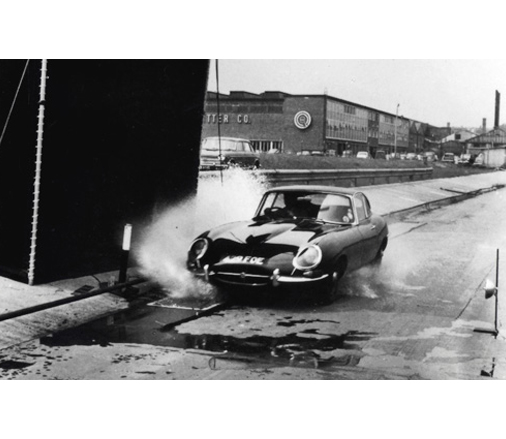
The Dunlop SP Sports won
the gold medal at the Leipzig International Trade Fair.

1970s
Dunlop dominated The World Championship
in the East African Safari with wins in 1973 with Toyota, 1972 and 1977 with Ford, and in 1974.

Dunlop develops the first
60 series steel belt tire.
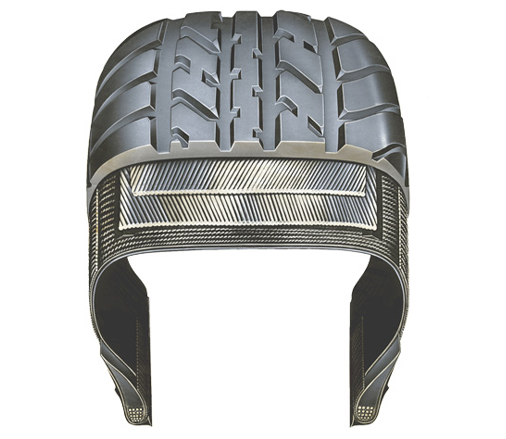

Dunlop launches DENOVO
the predecessor to run-flat tires as a ‘fail-safe’ wheel/tire system. By 1973 it was OE fitment on the Mini 1275GT.

Dunlop produces the first
mass-market radial tire for sports engines. Ford and Dunlop also won the World Rally Championship.
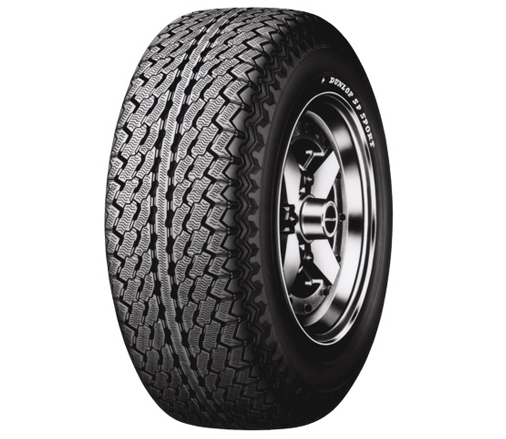
1980s
Dunlop took eight consecutive Le Mans victories
seven with Porsche and one with Jaguar.
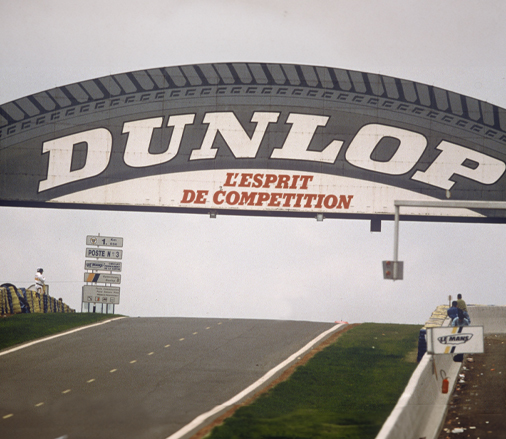

Dunlop presents the TD/Denloc
safety and ’fail-safe’ system.
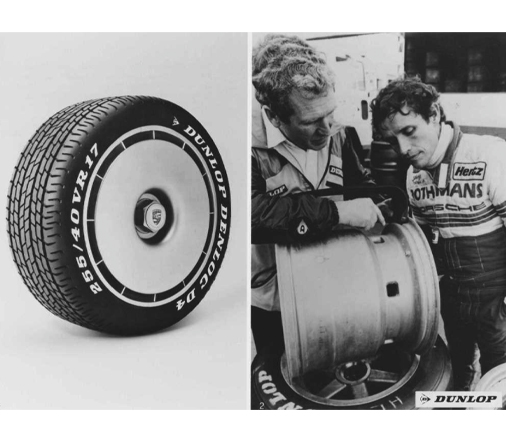
1990s
The Dunlop-equipped Mazda 787B
becomes the first Japanese car to win at Le Mans.

Dunlop presents the first ultralight construction belt tire
It reduces the vehicle weight by about 12 kg or 26 lbs.
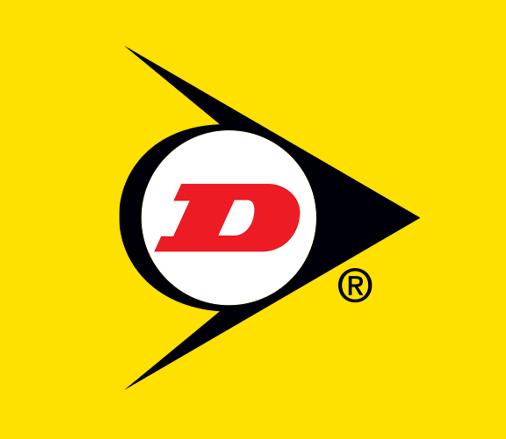
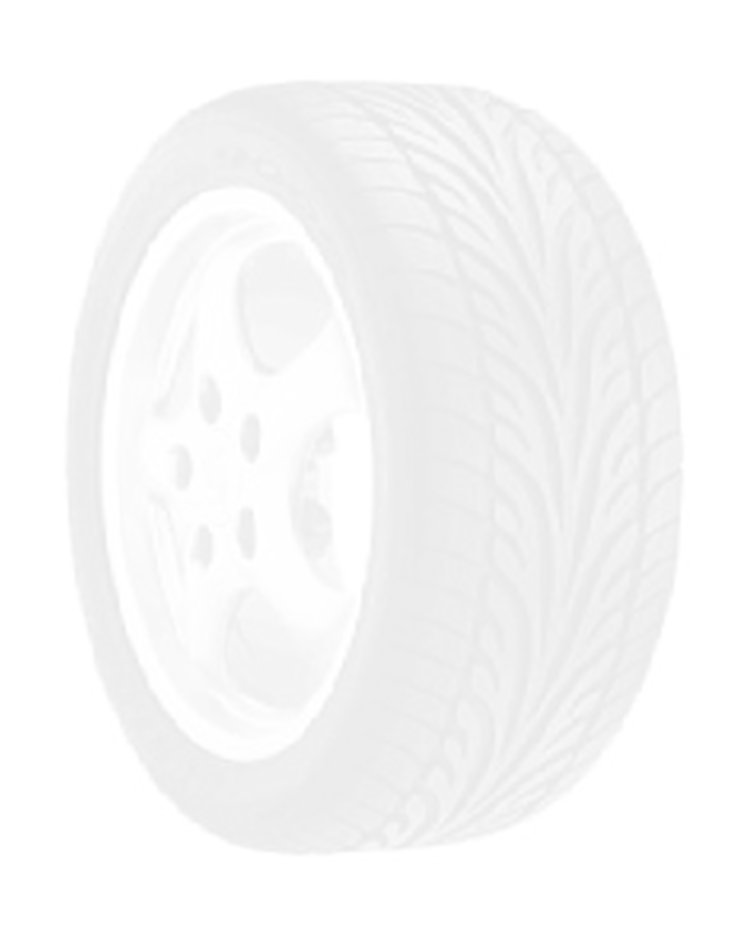
Dunlop introduces the high-performance tire SP Sport 9000
a completely new profile technology.

Development of the DSST Run Flat
tire, a self-supporting tire. Dunlop announced the development of Digital Rolling Simulation (DRS), which is simulation technology that is utilized to develop high-performance tires quicker and led to the beginning of selling the "Digi-Tyre".
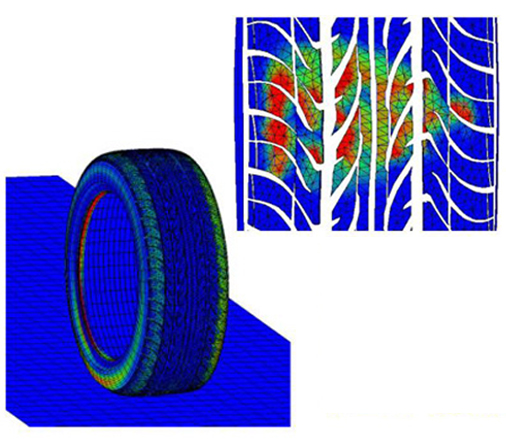
Tire monitoring system WARNAIR is introduced
It quickly detects air pressure loss and indicates this to the driver either by an audible or visual warning.
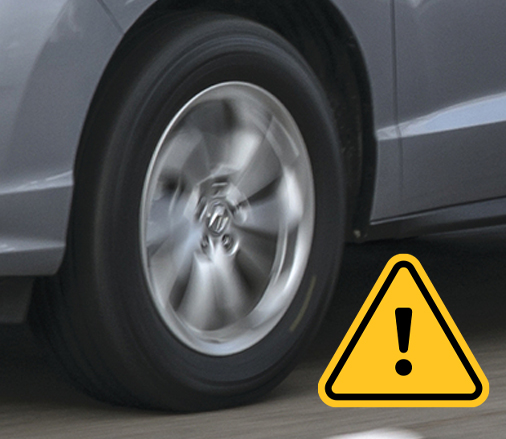
2000s

Dunlop develops the second-generation run-flat
tire, the CTT Run-Flat, which improved run-flat performance with a reinforced side layer, rounded tread for improved comfort, and reduced weight.
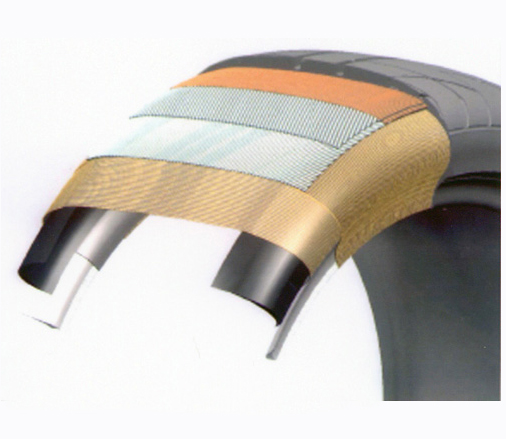
Dunlop introduces the 3S-technology
an innovative asymmetrical tri-area tread that unites the aspects of Silent running, Sportiness, and Safety.
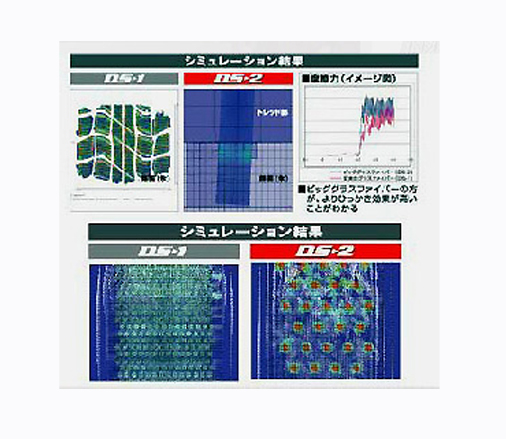

Dunlop develops Silent Core
a sound-absorbing sponge inside the tire that absorbs harsh sounds from the road.

Introduces "Touch Technology™"
to give drivers a better feel for the road.
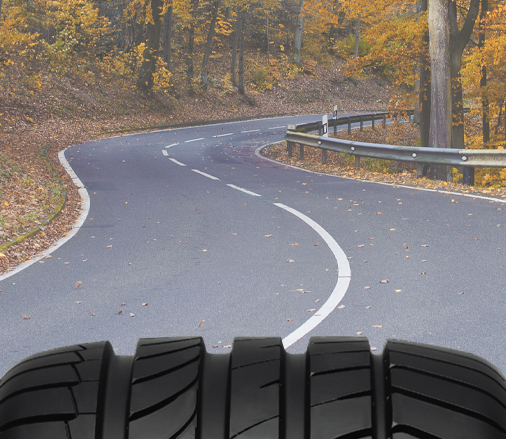
Improves steering response, with Kevlar®
pulp inserts in the sidewall.

2010s
Dunlop earns nine consecutive Le Mans
24h LMP2 class wins and ten consecutive European Le Mans Championship wins.

Dunlop launches the ENSAVE 100,
a 100% fossil resource-free tire.
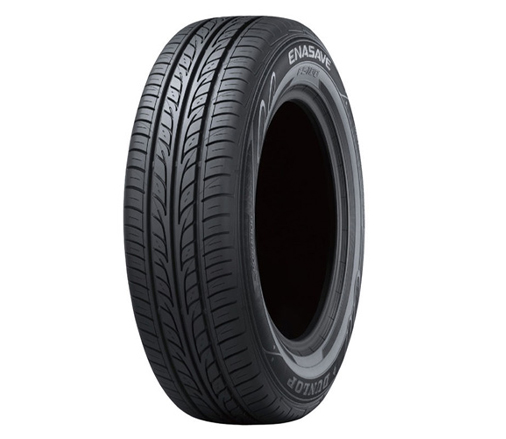

Dunlop launches the SP Sport Maxx 050 NEO
a run-flat tire using high-precision metal core manufacturing system, “NEO-T01.”
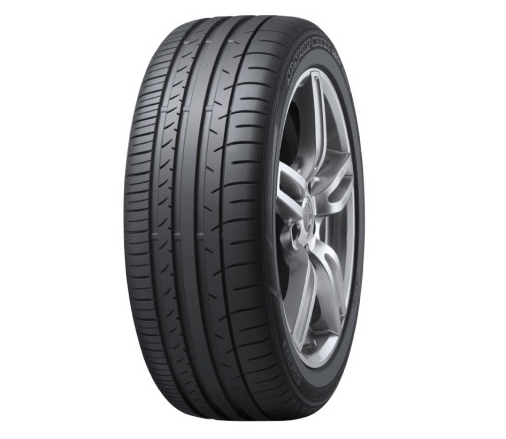
Victory at World Endurance GT Drivers' Championship
Marco Sørensen and Nicki Thiim win with Aston Martin on Dunlop tires.
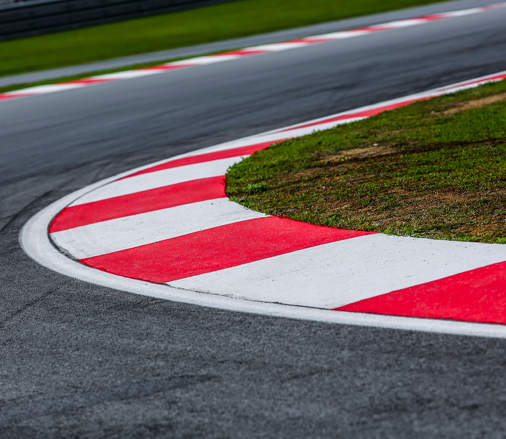
Win at Le Mans GTE
Jonathan Adam, Daniel Serra, and Darren Turner win with Aston Martin on Dunlop tires.

Present
Cam Waters produces a new Bathurst record lap time
of 2.03.559 on the Dunlop control tire.
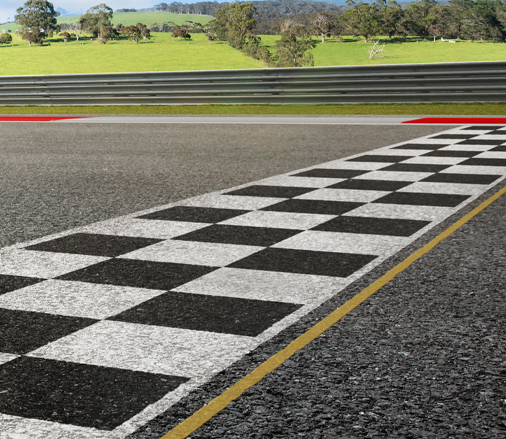
Sumitomo Rubber Industries acquired the Dunlop brand
distribution and trademark rights for North America, Europe, and Oceania. This procurement unified the Dunlop brand, establishing it as a singular global entity.
























